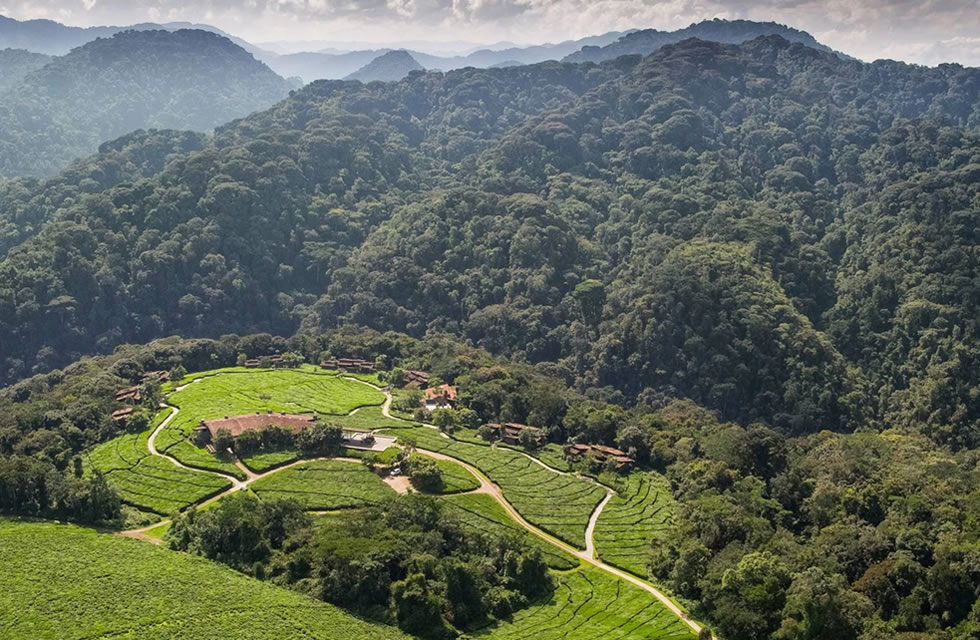The World Bank’s Board of Executive Directors on Thursday penned a document earmarking funds to scale up Rwanda’s sustainable farming practices and irrigation infrastructure for the hillside agriculture – a move that is set to see the maize, beans and Irish potatoes production increased while improving the income of the country’s rural households.
According to a document on the World Bank’s website, the Land Husbandry, Water Harvesting and Hillside Irrigation project (LWH) supports a key element of the Government of Rwanda’s second, ongoing, five-year Economic Development and Poverty Reduction Strategy (EDPRS). The project activities have already helped to increase agricultural yields in project intervention areas, and rural incomes have seen a boost for some 21,180 households, according to the project’s report.
Thursday’s US$35 million (over Rwf23 billion) from the World Bank’s International Development Association (IDA) will then provide additional financing to expand LWH’s activities into poor hillside communities, and is expected to benefit at least an additional 15,000 farming households.
Agriculture remains the backbone for Rwanda’s economy and the latest figures from the Ministry of Agriculture and Animal Resources suggest that at least 73 percent of the country’s households live on farming their plots of land. And over the last decade, agricultural productivity has helped reduce the level of poverty in Rwanda thanks to agricultural land use consolidation and a number of investments that have been wooed into the sector.
“Rwanda has the highest population density in sub-Saharan Africa with 416 persons per square kilometer,” said Carolyn Turk, World Bank Country Manager for Rwanda.
“Taking steps to increase agricultural productivity and to protect environmentally fragile areas is key to achieving higher growth, reduced poverty and economic transformation”, added the World Bank’s Carolyn Turk.
The LWH uses a modified watershed approach to introduce sustainable land husbandry measures for hillside agriculture on project sites and the approach builds on the Government’s land consolidation system. The project introduces groups of hillside farmers to new sustainable farming techniques including soil conservations, soil reinvigoration measure and land-use practices that improve soil health. These activities will be scaled up and expanded on an additional 7,000 hectares in the poorest regions of the country.
Rwanda’s somewhat irregular rainfall − and poor agricultural water management resulting from a lack of irrigation infrastructure − contributes to limited agricultural productivity.
The project will support new water-harvesting infrastructure, such as valley dams and reservoirs, and 500 hectares of new hillside irrigation works in areas where there is significant poverty and where crop production potential is high.
Project beneficiaries will also receive training in how to maintain the irrigation and erosion control infrastructure, as well as skills in good agricultural practices, rural finance, marketing, social organization and leadership.
“The scaling-up of the LWH project will continue to raise agricultural productivity and will help Rwanda achieve its vision for its transformation from subsistence agriculture to a knowledge-based economy,” said Mark A. Austin, World Bank’s Task Team leader for this project.
“We expect that today’s [Thursday] project will benefit farmers and their household members, as well as community members who either work in land-husbandry activities or receive other forms of training, and both groups will get increased incomes because of the project interventions,” added Valens Mwumvaneza, World Bank’s Co-Task Team leader for the project.
The World Bank’s International Development Association (IDA), which has allocated funds for this project, was established in 1960. It helps the world’s poorest countries by providing loans (called “credits”) and grants for projects and programs that boost economic growth, reduce poverty, and improve poor people’s lives.
IDA is one of the largest sources of assistance for the world’s 81 poorest countries, 39 of which are in Africa. Resources from IDA bring positive change for 2.5 billion people living on less than $2 a day.
Since 1960, IDA has supported development work in 108 countries. Annual commitments have increased steadily and averaged about $15 billion over the last three years, with about 50 percent of commitments going to Africa.


